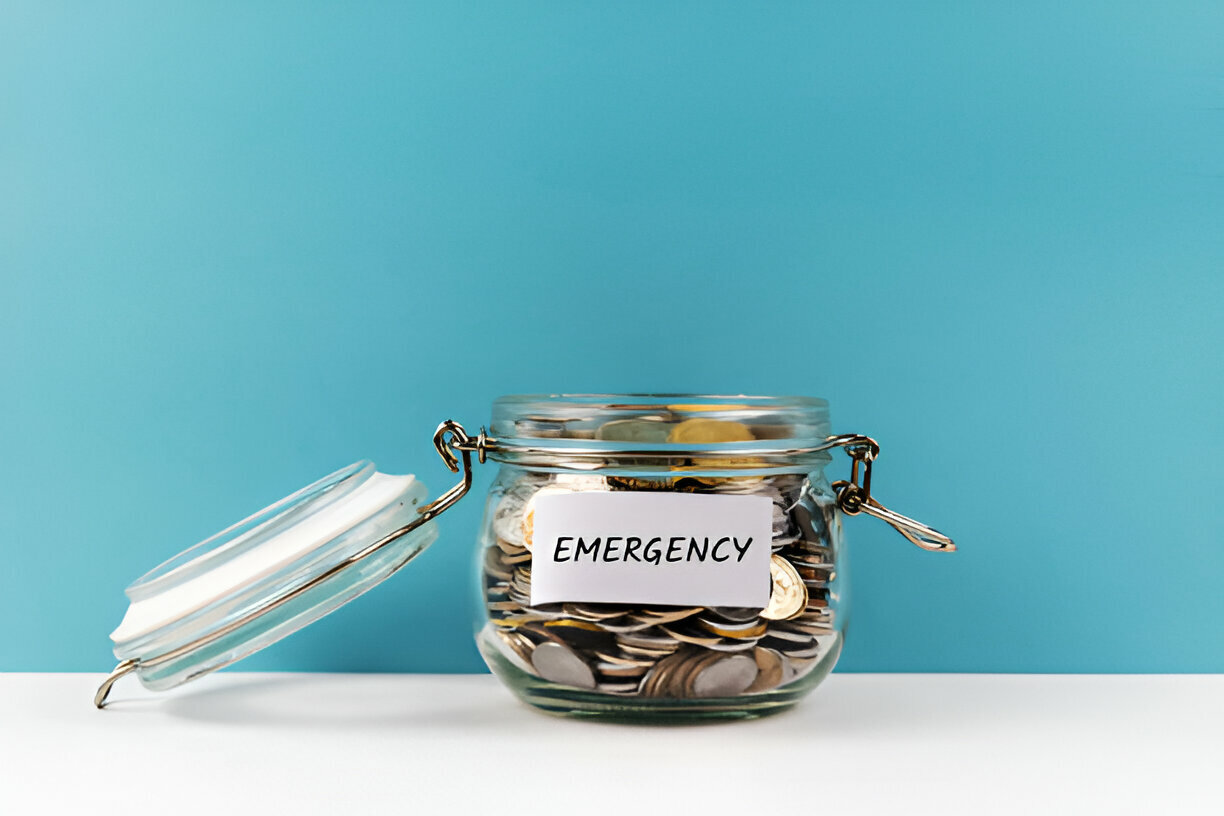In the world of personal finance, an emergency fund stands out as a cornerstone of financial security and peace of mind. But what exactly is an emergency fund, and how much should you aim to have saved? Let’s explore this crucial aspect of financial planning in detail.
What is an Emergency Fund?
An emergency fund is a dedicated savings account designed to cover unexpected expenses that life throws your way. Unlike regular savings, which might be used for planned expenses like vacations or home improvements, an emergency fund is specifically meant for unforeseen events such as medical emergencies, car repairs, or sudden job loss.
The primary goal of an emergency fund is to provide a financial safety net that helps you avoid going into debt when these unexpected costs arise. It ensures that you have the means to handle emergencies without disrupting your long-term financial goals or relying on credit cards with high-interest rates.
How Much Should You Save in Your Emergency Fund?
Determining the optimal amount for your emergency fund can depend on several factors, including your personal financial situation, lifestyle, and responsibilities. However, financial experts generally recommend saving enough to cover three to six months’ worth of living expenses. Here’s a closer look at how to calculate this amount:
- Calculate Your Monthly Expenses: Begin by tallying up all your essential monthly expenses, including rent or mortgage, utilities, groceries, transportation, insurance, and any other non-negotiable costs. This total will serve as a baseline for your emergency fund goal.
- Determine Your Target Savings: Multiply your monthly expenses by the recommended number of months (three to six). For instance, if your essential monthly expenses total $3,000, aiming for an emergency fund of $9,000 to $18,000 would be ideal.
- Consider Your Personal Circumstances: Adjust the amount based on your personal situation. For example, if you have dependents, own a home, or work in a volatile industry, you might want to lean toward the higher end of the recommendation. Conversely, if your job is stable and you have a dual-income household, you might choose to start at the lower end.
- Factor in Additional Considerations: Some people may have unique circumstances that warrant additional savings. For instance, those with irregular income or self-employed individuals might benefit from a larger cushion. Conversely, if you have a secure job with benefits that cover certain emergencies, you might opt for a slightly smaller fund.
Building Your Emergency Fund
Creating an emergency fund is not an overnight process. It requires discipline and a consistent savings strategy. Here are some tips to help you build your emergency fund:
- Start Small: If saving three to six months of expenses seems daunting, start with a smaller, manageable goal, such as $500 or $1,000, and gradually increase it over time.
- Automate Savings: Set up automatic transfers from your checking account to your emergency fund to ensure consistent contributions without needing to remember each month.
- Cut Unnecessary Expenses: Review your budget and identify areas where you can reduce spending to accelerate your savings.
- Use Windfalls: Allocate bonuses, tax refunds, or other unexpected financial gains directly to your emergency fund to boost your savings more quickly.
Maintaining Your Emergency Fund
Once your emergency fund is established, it’s important to maintain it. Regularly review and adjust the fund as your financial situation or expenses change. If you need to dip into the fund for an emergency, prioritize replenishing it as soon as possible to ensure it’s ready for the next unexpected event.
In conclusion, an emergency fund is a vital component of a solid financial plan. By understanding its purpose and setting aside an adequate amount, you can protect yourself from financial setbacks and gain greater control over your financial future. Whether you’re just starting or looking to enhance your existing fund, taking proactive steps today can lead to a more secure tomorrow.



